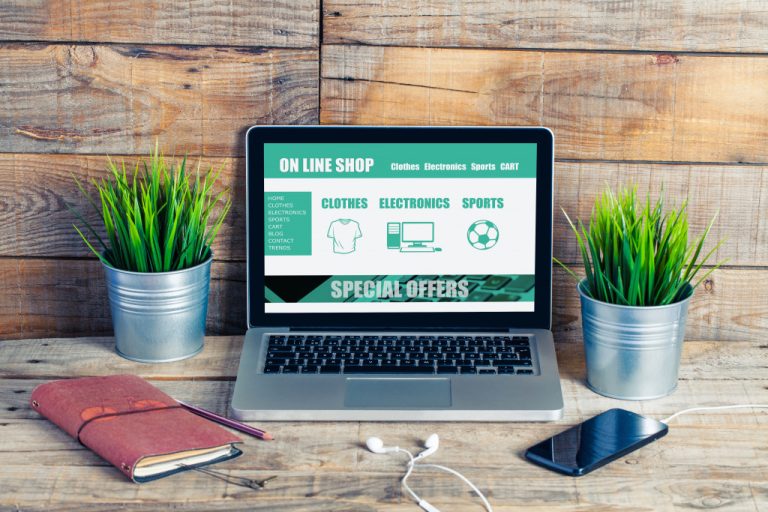E-commerce is set to break another record within the next few years. By 2023, the total worldwide sales for the industry could reach around $6.3 billion. That’s almost twice the figures back in 2018. Around this time, too, e-commerce sales will be up to five times higher than in 2014.
And even if the likes of Amazon seem to own a substantial market share, there’s still plenty of room for more players, products, and services as long as a business is open to innovation.
These are bright spots to look forward to if you’re new to e-commerce. On the other side, it remains not the easiest business to run. If that isn’t enough, you can be prone to mistakes your predecessors made that will likely delay your business growth and expansion.
To help you avoid dealing with these issues, here are two decisions that will truly matter later:
1. Design Your Strategies According to the Sales Funnel
One of the greatest illusions out there is to believe that anyone can be a customer. In fact, it can be counterproductive and costly. You will end up spending advertising money on those who will never buy your product or service.
That’s why a sales funnel is helpful. But what is a sales funnel? It is a visual representation of a customer’s journey from being a prospect to a buyer.
In every phase, the funnel’s opening becomes smaller, which means not everyone can make it to the end. That’s okay because the primary goal is to generate quality leads and loyal customers later.
This way, too, you can concentrate on the marketing strategies that will help you bring your ideal prospects toward the end of the funnel. Here are a few examples:
- The first stage is usually Awareness, where you and the market are getting to know each other. An excellent strategy here is to sign them up for a mailing list. An e-mail capture rate or percentage of signups of 2 percent for every campaign is already great.
- The second stage is Interest. This is the time when potential customers research or learn more about products and services. They may even compare yours with your competitors. This is a good time to increase your publication of high-quality content.
- In the Decision stage, the potential buyer is keen on buying your product or service, but they may need a bit of a push. You can do that by creating offers, like free shipping or discounts, or running webinars for further education.
- In the Action stage, the individual decides whether to buy—or not. An excellent marketing strategy here is digital community building. Invite leads to join and allow existing customers to do the marketing on your behalf. If they decide to buy, provide loyalty programs to your network.

2. Get Smart with Social Media
If you’re into e-commerce, it makes sense to be on social media. This tool currently has an extensive reach—at least half of the world’s population is active in one or more channels. It’s not surprising that around 70 percent of small businesses use it for marketing.
But it should never be the be-all, end-all for any enterprise, including e-commerce solutions: it has an incredibly low conversion rate. Although estimates can vary, some put it at less than a percent. Other experts think that the average conversion rate is between 2.5 and 5 percent, depending on the industry.
Many factors contribute to this. HootSuite, for example, revealed that over 22 percent who use ad blockers complain about dealing with too many ads or that they are both annoying and irrelevant. More than half of those who use social media are concerned about privacy policy.
Social media, though, can work to your advantage by doing the following:
- Engage with your audience. Use the platform to introduce your brand, launch campaigns like games and polls, and ask for opinions and suggestions.
- Understand your market. Because of the massive following of these sites, the demographic is highly diverse. You can use the site’s analytics tools to learn more about your market, especially if your marketing strategies reach the right people.
- Pick the right social media. LinkedIn is an excellent choice for those engaged in B2B commerce. If you want to capture Generation Z, try TikTok. Facebook provides a suite of business promotion and analytics tools, as well as a tried-and-tested ad platform.
E-commerce helps even the playing field as small businesses can maximize online tools and strategies. But it can also be competitive. If you don’t want to waste your precious capital and cash flow on marketing campaigns that won’t convert, make these two decisions today.












